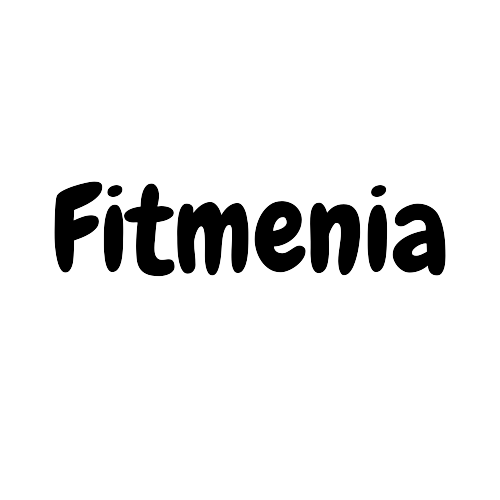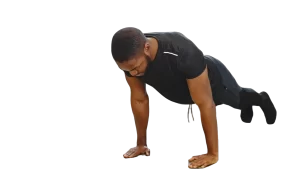Nowadays, the internet is full of all sorts of “knowledge” about training and diets, Let’s put it together with the greatest workout Misconceptions due to a flood of so-called information; it’s hard to figure out which is really true and which isn’t. !
Here, I will share with you the greatest workout misconceptions and also explain why they are not true so you will better adjust to the mazes of training and diet. There are logical explanations for some of the misconceptions; they just need to be corrected, but much bigger nonsense must be eradicated from our thinking.
1. Cardio machines tell you exactly how many calories you have burned
Calorie burning also depends on age, fitness level, BMI, and gender. As the fitness level as such cannot be measured and too much data cannot be extracted from the BMI, it is not advisable to rely on the machine counter. There are machines that do not even ask for the above information. Calories are just a measure anyway.
2. Heart rate monitors on cardio machines show how hard you train
Another of the greatest workout misconceptions is that they don’t really tell you how hard you train, they rather show what kind of training you do. You are in the fat-burning range around 130, doing aerobic exercise, then your body’s oxygen uptake is very high so you burn fat. Above that, in the case of intense exercise, you go into the anaerobic range, this is already an endurance workout. But of course, for regular athletes, what is already an intense workout for the average person may fall within the fat-burning range.
3. BMI shows which range we fall in terms of our weight
Yes and no. Weight is a function of a lot of things. There’s water in your body, glycogen stored in your muscles, and the muscles themselves, which are heavier than fat. This is why an athlete with less than 7 percent body fat may be overweight, according to BMI, and a person with obesity but zero muscle who is obese may fall into the thin category. BMI does not give an accurate picture of us, of our weight. What can show this is the percentage of body fat on the one hand and the mirror on the other. These two never lie.
4. You can only burn fat with a low-intensity workout
It’s true that the ideal fat-burning range is around 130 pulses, but you should know that the body burns even more fat with workouts above that. On the other hand, it undoubtedly belongs to the story that at higher intensities the body is already burning the muscles unless you prevent it with some supplement. For example, an amino acid called BCAA is excellent.
5. Food supplements are harmful
Well, that’s nonsense for the best. It is also in the name of food supplements that they are only an additional help, they “supplement” our meals. Unfortunately, we cannot get all the vitamins and minerals into the body through nutrition, they need to be replaced.
Doping is indeed harmful, but it should not be confused with food supplements.
6. There is local fat burning
No, it doesn’t exist. Just top shop out some silly women’s magazines trying to convince you. Doing 100 sit-ups a day won’t make your stomach flatter. Your abdomen will be nice, but if it is covered with several layers of hair, it won’t look like that either. It is advisable to work on all muscle groups, do aerobic exercise and follow a smart diet to shape your body.
7. You can eat anything if you train enough
False! To start losing weight and burning fat, you need a calorie deficit, but not too intense. Since you need to supply your muscles with the necessary energy and nutrients, it is advisable to calculate your carbohydrate, protein and fat needs based on your body weight, and to eat based on that. Those who find it too complicated should also bring some kind of system into their meals: often they can go low in carbohydrates in the morning, but in the evening they should only consume protein.
FAQs about greatest workout misconceptions
Q: Is exercise scientifically proven?
Ans: According to a number of studies; regular exercise reduces fatigue and increases your energy levels, significantly
Q: Is there a wrong way to workout?
Ans: In general going directly to heavy exercise sessions without proper warp up is wrong.
Q: What Are the negatives of working out?
Ans: As per some studies; if you work out for more than about 7 hours, it may lead to depression, anxiety, and poor mental health.
Also Read::









